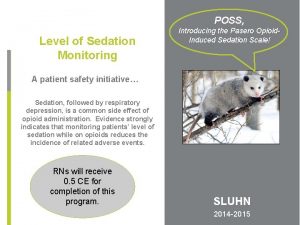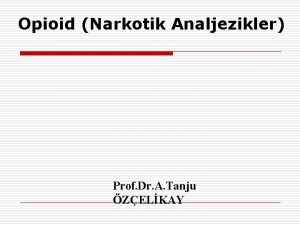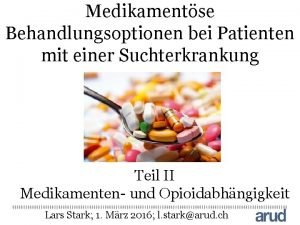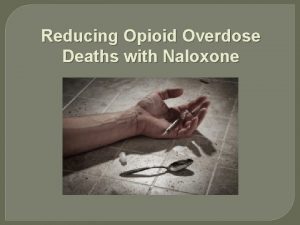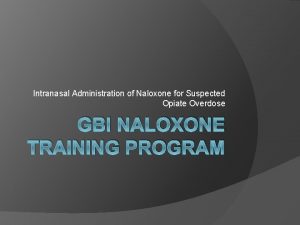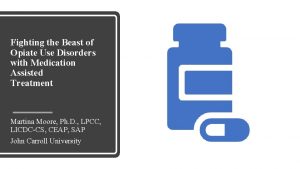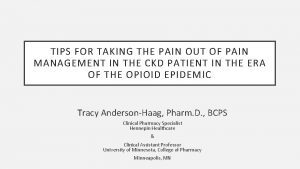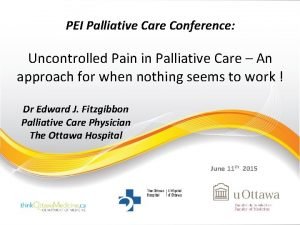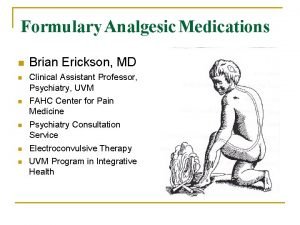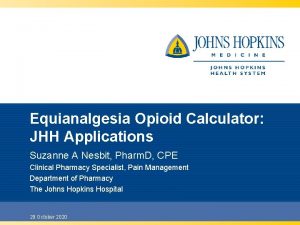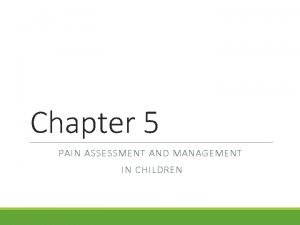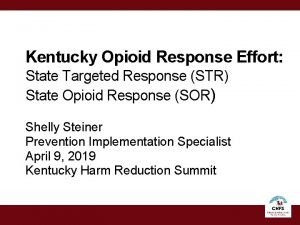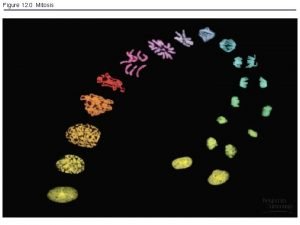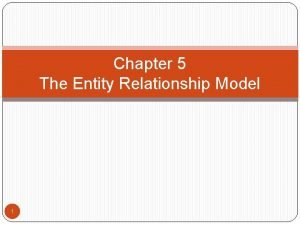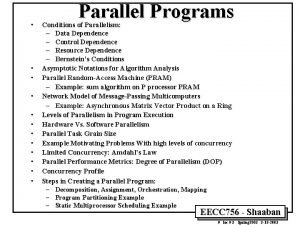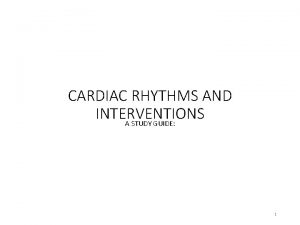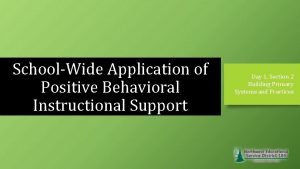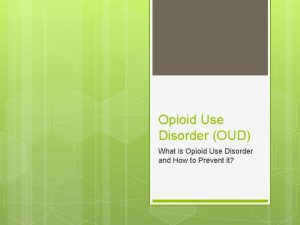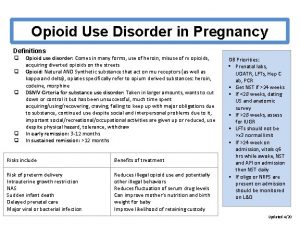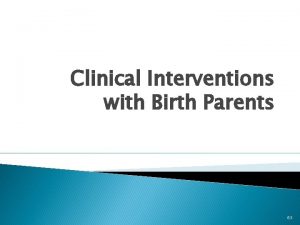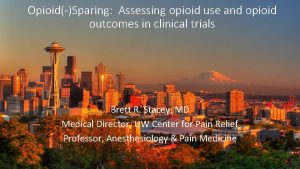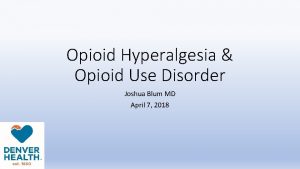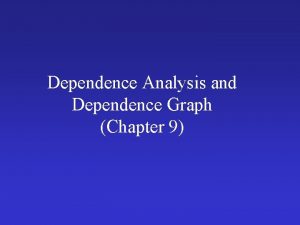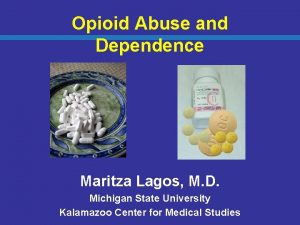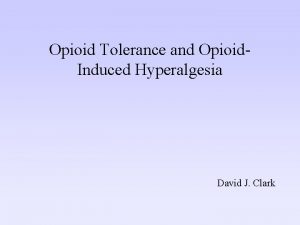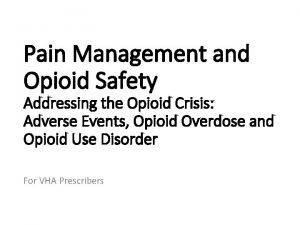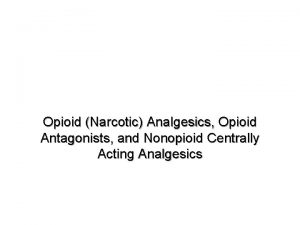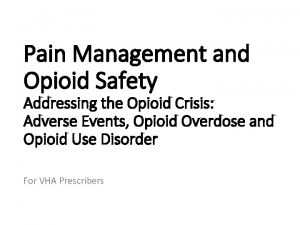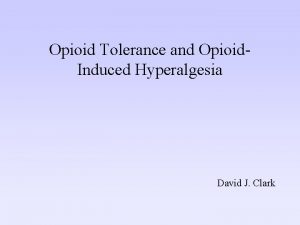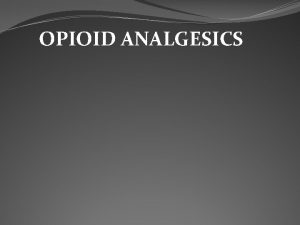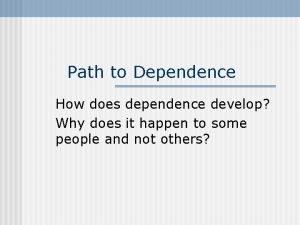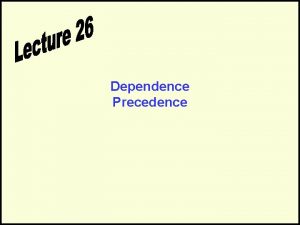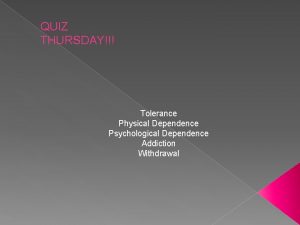OPIOID USE DEPENDENCE AND CLINICAL INTERVENTIONS June 21

























- Slides: 25

OPIOID USE, DEPENDENCE AND CLINICAL INTERVENTIONS June 21, 2016 | Governor’s Planning Meeting Reka Danko, M. D. Chief Medical Officer|Director of MAT program, Northern Nevada HOPES Hospitalist, Saint Mary’s Medical Center|Rosewood Rehabilitation Assistant Clinical Professor, University of Nevada School of Medicine 580 W 5 th St | Reno, NV 89503 | 775. 786. 4673 | nnhopes. org

No disclosures to report • This presentation outlines possible options for patients and does not favor any specific treatment plan • Presenter and all places of employment do NOT receive any financial or other incentives to prescribe any specific medications or promote any specific treatment programs

Opioids oid Opi Compounds such as oxycodone, hydrocodone, morphine, fentanyl, heroin and others Opioids interact with opioid receptors on nerve cells in the brain and nervous system to produce pleasurable effects and relieve pain opioid OPIOID RECEPTOR Opioid receptor p e c e r f o n Activatio

Physiology and potential problems • Physical dependence -normal adaptations to exposure of drug creating a physiological reliance on the drug • Addiction -a primary, chronic and relapsing brain disease characterized by an individual pathologically pursuing reward • Overdose by respiratory depression (slowed breathing) which may cause death • Tolerance -need for higher doses to achieve pain relief or euphoric response • Withdrawal – wide range of symptoms that occur after stopping or reducing opioids • Opioid induced hyperalgesia (OIH) – paradoxical worsening of pain despite aggressive opioid therapy • Long term changes to the brain in decision making and behavior regulation

Defining opioid use disorder Problematic pattern of opioid use leading to clinically significant impairment or distress, manifested by at least 2 of the following, occurring within a 12 -month period: 1. 2. 3. 4. 5. 6. 7. 8. Opioids taken in larger amounts or longer period than intended. 9. Persistent desire or unsuccessful efforts to cut down. Time spent in activities necessary to obtain the opioid or use the opioid. 10. Craving or urge to use opioids. Opioid use resulting in a failure to fulfill obligations at work, school, or home. Continued opioid use despite having 11. recurrent social or interpersonal problems caused by effects of opioids. Social, occupational, or recreational activities are given up because of use. Recurrent opioid use in situations in which it is physically hazardous. Continued opioid use despite knowledge of having a persistent or recurrent physical or psychological problem that is due to opioids. Tolerance, as defined by either (a) need for markedly increased amounts of opioids to achieve desired effect or (b) diminished effect with continued use of the same amount of opioid. Withdrawal, as manifested by either (a) opioid withdrawal syndrome or (b) opioids taken to relieve withdrawal symptoms. DSM - 5

Treatment Paradigm • Prescribers required to treat pain: • 1995 – American Pain Society set guidelines for treating pain • 1999 – Pain introduced as the 5 th vital sign – making pain control as important as blood pressure, heart rate, temperature and respiratory rate • 2001 – national standards released to treat pain endorsed by Joint Commission

The problem with opioids: different than other medications • Pain is subjective – no data to measure outcomes • Changes in regimen cannot be done quickly due to physiologic responses and complexity of involved systems • Used across various practice specialties • Opioids do not have a maximum daily dose as most other medications do • Opioid Induced Hyperalgesia = ongoing or worsening pain

2016 – Changing Treatment • Recognition of national epidemic • Opioid medications have high risk in short and long term use • CDC recommendations released March 2016 to guide prescribing of opioids outside of active cancer treatment, palliative care, and end-of-life treatment • Nonpharmacologic therapy and nonopioid pharmacologic therapy are preferred for chronic pain; providers should only consider adding opioid therapy if expected benefits for both pain and function outweigh risks

New CDC guidelines • When considering long-term opioid therapy: • Set realistic goals for pain and function based on diagnosis • Check that non-opioid therapies tried and optimized • Discuss benefits and risks (i. e. addiction, overdose) with patient • Evaluate risk of harm or misuse • Discuss risk factors with patient • Check prescription drug monitoring program (PDMP) data • Check urine drug screen • Set criteria for stopping or continuing opioids • Assess baseline pain and function (i. e. PEG scale) • Schedule initial reassessment within 1 - 4 weeks • Prescribe short-acting opioids using lowest dosage on product labeling • Match duration to scheduled reassessment

The leap from guidelines to practice • Non-opioid modalities often not covered by insurance/costly • Standardizing prescribing practices using subjective measures • Patient satisfaction scores driving best practices and reimbursement • Quality measures are based on pain control • Many criteria to accomplish as patient visits are getting shorter • PMP limitations - access to California, data input, time requirement • Many patients already have dependence, addiction, tolerance and hyperalgesia at time new guidelines are released

Clinical treatments • Overdose prevention and education • Access to treatment programs • Support for patients and providers

Overdose treatment • Naloxone – short acting medication to remove opioid from opioid receptor opi oid opioid naloxone Opioid receptor Receptor activated • Increase access to naloxone • Educate patients and prescribers

Opioid overdose algorithm 1. Call 911 2. Start CPR 3. Administer naloxone 4. If no response, continue CPR

Treatment of opioid use disorder • Need for variety of treatment options • Addiction is a chronic and relapsing disease - individual assessment to find the best treatment options for each patient • Bio-psycho-social model considerations – physical, emotional, mental health

Medication Assisted Treatment • Include psychosocial treatment • Support for the providers “quadruple aim” – y lit e a Qu denc i ev sed s ba ctice pra Ac c to ess pro s gram Cost effective strategy Triple Aim

Medications for Opioid Use Disorder • Maintenance therapy • 3 FDA approved medications Methadone • Buprenorphine • Naltrexone • • Detox – management of withdrawal • Inpatient vs. outpatient

At the receptor level opi o id opi oid methadone buprenorphine Opioid receptor naltrexone Opioid receptor naloxone AGONIST: long activation of receptor PARTIAL AGONIST: partial activation, partial blockade ANTAGONIST: no activation, blocks opioids

Methadone (schedule II) • Regulation: strict federal guidelines dictate eligibility for methadone maintenance methadone Opioid receptor AGONIST: long activation of receptor • Benefit: prevents withdrawal symptoms, reduces cravings, reduces euphoria of subsequent opioid use, naloxone efficacy in opioid use disorder • Risk: possible overdose risk, misuse, hyperalgesia, cardiac arrhythmias, dependence

Buprenorphine (schedule III) Regulation: certified and specially trained clinician; patient limits in treatment opi o id Benefits: Detox and buprenorphine maintenance therapy, craving reduction, combined Opioid receptor with naloxone to prevent misuse, good efficacy in opioid use disorder daily oral or (new) longacting implant PARTIAL AGONIST: partial activation, partial blockade Risks: may induce withdrawal if other opioids in system, misuse naloxone risk, street value due to withdrawal aid, dependence

Naltrexone (prescription) Limitations: requires completed withdrawal from opioids (will precipitate withdrawal if taken with opioids in the system); requires highly motivated patient; cannot aid with detox opi oid Benefits: prevents opioid intoxication and buprenorphine dependence, reinforces abstinence, efficacy in opioid and alcohol use, no addiction potential Oral daily dose vs. long acting injection Opioid receptor naloxone Risks: may have increase risk of death from overdose due to decrease in tolerance with receptor blockade (depending upon dose of opioid used in relapse) ANTAGONIST: no activation, blocks opioids naltrexone

Other Considerations • MAT maintenance produces better outcomes than detox alone • 50% abstinent at the end of active treatment vs. 8% when medication is withdrawn • Need for resources – integrated care model, community involvement, cost, environmental support (housing, transportation), coexisting medical/behavioral conditions • Extrinsic motivators – Criminal Justice System • Improved outcomes Weiss RD, Potter JS, Griffin ML, Mc. Hugh RK, Haller D, Jacobs P, Gardin J 2 nd, Fischer D, Rosen KD. Adjunctive Counseling During Brief and Extended Buprenorphine-Naloxone Treatment for Prescription Opioid Dependence: A 2 -Phase Randomized Controlled Trial Published in final edited form as: Arch Gen Psychiatry. 2011 December; 68(12): 1238– 1246.

Mismatch between regulation and practice Prescribing Opioids Prescribing Medication Assisted Treatment Requires active practice license and DEA license Strict regulation for treatment programs/ additional licensing requirements (methadone, buprenorphine) No patient limits Limited # of patients per prescriber (buprenorphine) No additional training required to prescribe opioids (often schedule II) Training and certification required to prescribe buprenorphine (schedule III) Many prescribers Limited treatment programs and prescribers Guidelines mandating pain control, driving of No guidelines to mandate awareness or satisfaction scores and reimbursements treatment of dependence and addiction and poor access to/coverage of nonopioid alternatives Covered by most insurance plans Often requires cash payment or extensive prior authorizations

Future considerations • Education opportunities • Overdose and use prevention • Increase in treatment programs • Changes to satisfaction measures/quality measures which are driving practices • Coverage for first-line treatments without barriers (regulations and prior authorizations) • Due to prior evidence supporting opioid prescribing – process will require safe and effective transition for patients and prescribers

References • Centers for Disease Control and Prevention • https: //www. cdc. gov/mmwr/volumes/65/rr/rr 6501 e 1. htm • www. cdc. gov/drugoverdose/prescribing/guideline. html • National Institutes of Health • https: //www. nih. gov/news-events/news-releases/hhs-leaders-call-expanded-use-medications-combat- opioid-overdose-epidemic • American Society of Addiction Medicine • www. asam. org/quality-practice/practice-resources/treatment • The ASAM Criteria; Treatment Criteria for Addictive, Substance-Related, and Co-Occurring Conditions, Third Edition. • Substance Abuse and Mental Health Services Administration • www. samhsa. gov/treatment/substance-use-disorders • www. samhsa. gov/medication-assisted-treatment • American Heart Association • eccguidelines. heart. org/wp-content/uploads/2015/10/2015 -AHA-Guidelines-Highlights-English. pdf • Diagnostic and Statistical Manual of Mental Disorders (DSM-V) • American Pain Society • americanpainsociety. org/education/guidelines/overview • Drug Enforcement Administration, Office of Diversion Control • www. deadiversion. usdoj. gov

Thank you Contact: Reka Danko, M. D. Northern Nevada HOPES 580 W. 5 th Street Reno NV, 89503 (775) 525 -4316 | rdanko@nnhopes. org
 What is a linear transformation linear algebra
What is a linear transformation linear algebra Poss level
Poss level Metilmorfin
Metilmorfin Ecotussin
Ecotussin Opioid overdose
Opioid overdose Opioid overdose
Opioid overdose Opioid overdose
Opioid overdose Non-opioid
Non-opioid Mechanism of action of opioid analgesics
Mechanism of action of opioid analgesics Acetaminophen analgesic
Acetaminophen analgesic Opioid receptors location
Opioid receptors location Non-opioid
Non-opioid Suzanne nesbit
Suzanne nesbit Non-opioid
Non-opioid Kentucky opioid response effort
Kentucky opioid response effort Anchorage dependence
Anchorage dependence Er diagram dependency
Er diagram dependency Program data dependence is caused by
Program data dependence is caused by What is meant by structure dependence
What is meant by structure dependence Galbraith dependence effect
Galbraith dependence effect Psychological dependence
Psychological dependence Who wrote the ffa creed when was it adopted
Who wrote the ffa creed when was it adopted Lead magnesium niobate
Lead magnesium niobate A logical grouping of characters is a?
A logical grouping of characters is a? Isoelectric line
Isoelectric line Positive behavioral interventions and supports
Positive behavioral interventions and supports

